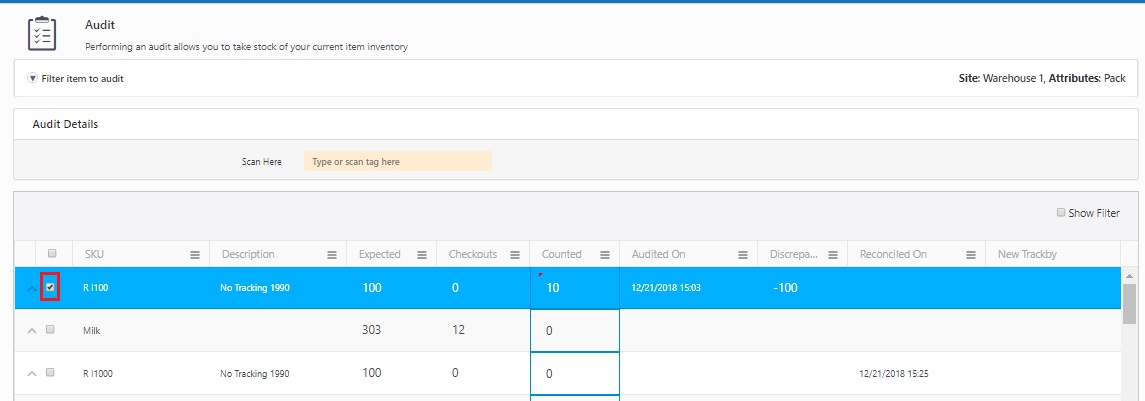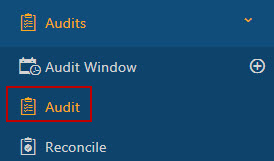
An audit of your inventory
allows you to ensure that you have the correct number of items at the
correct locations. You can perform an audit at any time or optionally
create Audit Windows to set specific time frames for audits to be completed
at specified locations.
There are two ways to access items to audit:
Method 1
Method 2

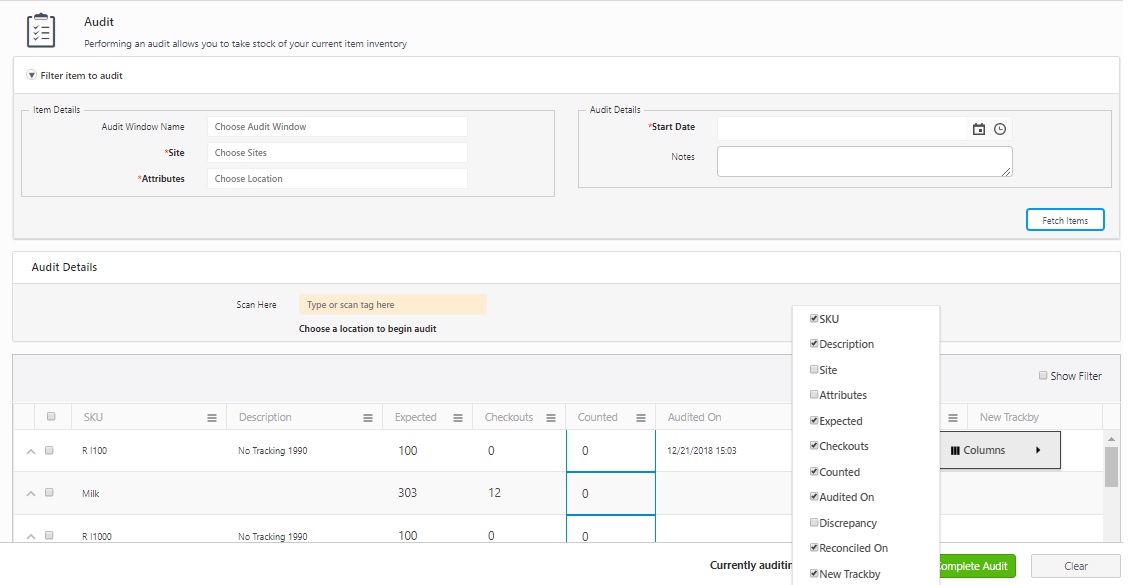
Item Details
Audit Details
Note: During the audits, the user can fetch the Items which have not been counted and to figure out what has not been counted, the InventoryCloud needs to know "Not counted since when?". In this case, the Audit Window will remember when a particular audit has started. In the Audit page when an Audit Window is selected, the InventoryCloud helps the user to avoid recounting the same items again.
So with an Audit Window, by default, if you audit a location once, the Items in that location are no longer fetched. In this scenario with the Audit Window, you have to take a different approach when 'recounting' in the same location.
For the recount scenario, to fetch all the Items in the location again simply select the site and location without selecting the audit window. An alternate method is to simply change the start date to the date when the recount started (later than the Audit Windows start date).
Note: If the number of records is more then 2000, the grid will display the records in a batch of 2000.
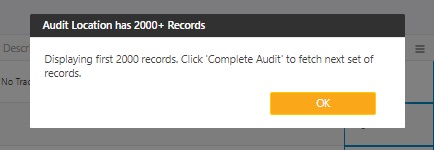
Note: Once you have fetched the Items in a location no need to fetch them again. Every time you access the Audit page, it will show the last fetched Items. The record will get updated only if you try to fetch a new set of Item by giving new location or site or audit name or start date. When you try to access another page, the system will give an alert message indicating that the "There is unsaved data on this page. If you leave this page now you will lose all unsaved data. Do you want to leave this page?" Click on Leave or Cancel button.

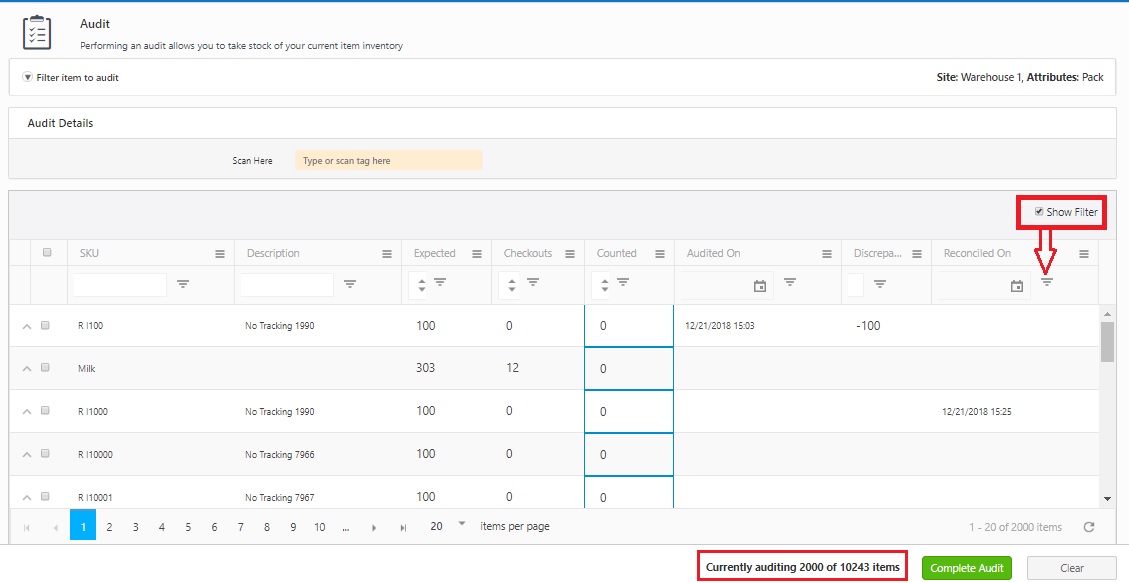
Note: The application will always retain the updates made in the Audit page i.e. you need not have to update the entered every time you login or you access this page. Discrepancy indicates the difference in the Expected Count and the Actual Count. Example - If the user counts 9 but the system expected 10, at the time this column will show -1. If there was no prior Audit Count the column will show nothing - blank (not 0).
